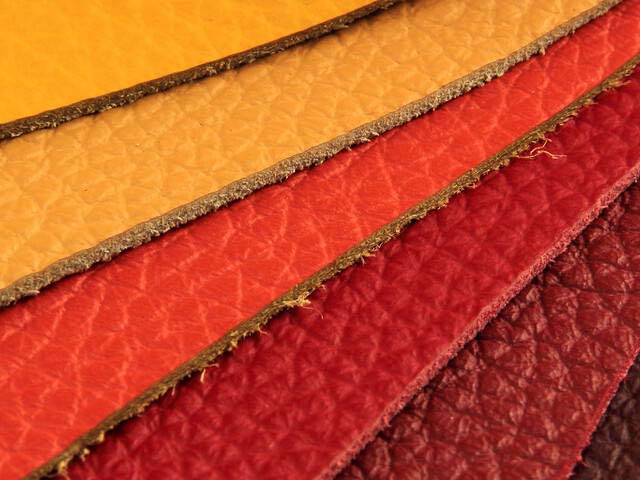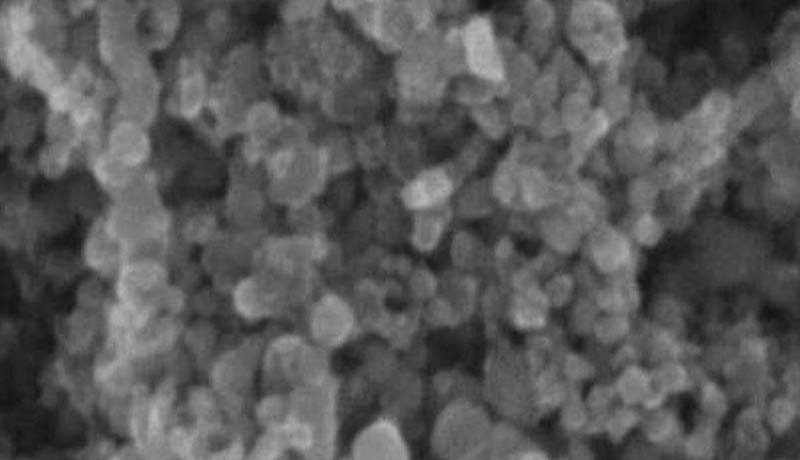Leather is a popular material used in a wide range of products, from clothing and accessories to furniture and car interiors. It is made from the hides of animals, typically cows, and is known for its durability, flexibility, and luxurious look. However, the production of leather can have negative environmental and ethical impacts, leading to the development of alternatives such as PU leather and faux leather.
What is Pu Leather?
Pu leather, also known as “bonded leather,” is made from leftover pieces of leather that are ground up and combined with a polyurethane (PU) coating. The resulting material has the appearance of leather, but at a lower cost and with fewer environmental impacts.
One of the main advantages of PU leather is its price. It is typically much cheaper than genuine leather, making it a budget-friendly option for consumers. It is also easier to care for and maintain, as it is resistant to stains and moisture.
However, PU leather has some drawbacks compared to genuine leather. It is not as durable and tends to peel or crack over time. It is also not as breathable, which can make it uncomfortable to wear in warm weather. In addition, the manufacturing process of PU leather involves the use of chemicals, which can have negative environmental impacts.
What is Faux Leather?
Faux leather, also known as “vegan leather,” is a synthetic material that is designed to look and feel like leather. It is made from a variety of materials, including polyurethane, PVC, and even recycled plastic bottles.
One of the main advantages of faux leather is that it is vegan and cruelty-free, making it a more ethical choice for consumers who are concerned about animal welfare. It is also typically more durable and easier to care for than genuine leather, as it is resistant to stains, moisture, and fading.
However, faux leather has some disadvantages compared to genuine leather. It is not as breathable and can feel sticky or clammy to the touch. It is also not as flexible and may not age as well over time. In addition, the production of synthetic materials like faux leather can have negative environmental impacts, such as the release of harmful chemicals during manufacturing.
Comparison of Pu Leather and Faux Leather
When deciding between PU leather and faux leather, it’s important to consider the following factors:
Cost
Pu leather is typically cheaper than the genuine leather and faux leather, making it a budget-friendly option. Faux leather can vary in price depending on the quality and type of material used.
Appearance
Pu leather and faux leather both have the appearance of leather, but they may not look exactly like genuine leather. Pu leather may have a slightly different texture and may not be as smooth as genuine leather. Faux leather may have a more plastic-like appearance and may not have the same natural grain as genuine leather.
Durability
Genuine leather is generally the most durable option, followed by faux leather and then PU leather. Faux leather may last longer than PU leather, but it may not age as well over time and may start to peel or crack.
Environmental Impact
Both PU leather and faux leather have a lower environmental impact than genuine leather, as they do not require the use of animal hides. However, the production of synthetic materials like PU leather and faux leather can have negative environmental impacts, such as the release of harmful chemicals during manufacturing.
Conclusion
Pu leather and faux leather are both alternatives to genuine leather that offer some advantages and disadvantages. Pu leather is cheaper and easier to care for than genuine leather, but it is not as durable and may not be as environmentally friendly. Faux leather is more durable and ethical, but it may not have the same natural appearance and can be less breathable. When choosing between PU leather and faux leather, it’s important to consider your personal priorities and the intended use of the product.
In conclusion, both PU leather and faux leather can be good options for those who want the look of leather without the high cost or negative environmental and ethical impacts. However, it’s important to be aware of the trade-offs and to do your own research to make an informed decision.
If you are looking for more information on PU leather and faux leather, there are a number of resources available online, including articles and reviews from consumers and experts. It can also be helpful to ask questions and seek guidance from the manufacturer or retailer to understand the specific characteristics and production processes of the materials being considered.



